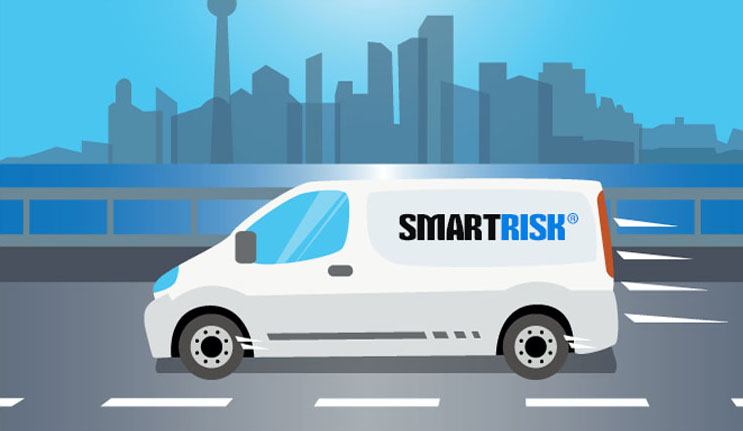Efficiency of Smart Risk’s Program in Fleets
Telematics are important devices for companies that manage a fleet of vehicles. The use of devices that use GPS tracking, Bluetooth, Wi-Fi and similar telecommunications technology to track and report on driver behavior and track efficiency provides a company with important data for management. As an owner of a smaller fleet car service, you look for ways to cut costs and increase revenues for your company. If you have never considered telematics devices as a way to improve and increase your driver efficiency, now may be the time to discover how programs like Smart Risk 3.0 may be of benefit to you.
What is the Smart Risk 3.0 Program?
Smart Risk 3.0 brings an enterprise-based solution to help you manage the efficiency of your fleet car service. You depend on your transportation fleet to provide service to your customers and open up sales territories. As a smaller fleet company, you need to know where your drivers are and what they are doing. The Smart Risk 3.0 provides you with valuable data to answer important questions about your drivers and provide the programs, training and support needed to improve behavior.
Smart Risk 3.0 looks at the operation of your fleet service from the viewpoint of the vehicle lifecycle cost metric. Smart Risk uses Smart GPS, which can measure vehicle use by the driver and provide important engine diagnostics for analysis, Smart motor vehicle reports (MVRs) that gives you information when a driver incurs a motor vehicle violation, Smart Watch for monitoring drivers, Smart Cell mobile phone blocking and disabling service to reduce incidents of distracted driving and Smart Training, which offers a comprehensive web based driver safety program for your drivers.
How Smart Risk 3.0 Works to Improve Driver Safety and Efficiency?
The data provided from the Smart Risk program works to improve the safety of your fleet drivers and increase efficiency. If you look at your costs from the standpoint of the lifecycle cost model and determine that your per mile cost exceeds your revenue and profit per mile, you can use the Smart Risk data to pinpoint the areas of concern that require your attention. Smart MVRs provide you with the information you need to immediately address the nature of motor vehicle violations occurring and institute corrective actions while Smart Watch lets you know where the miles are being accumulated and allow you to provide better route maps for your drivers.
Maintaining a small vehicle fleet can be costly, especially if you lack the systems to properly manage your drivers and their driving behavior. The key to lowering the variable costs associated with your fleet vehicles (i.e. maintenance, fuel, tires, oil and fees associated with tolls and parking) is knowing what is going on in real time and addressing issues before they become huge, expensive problems for your company.

